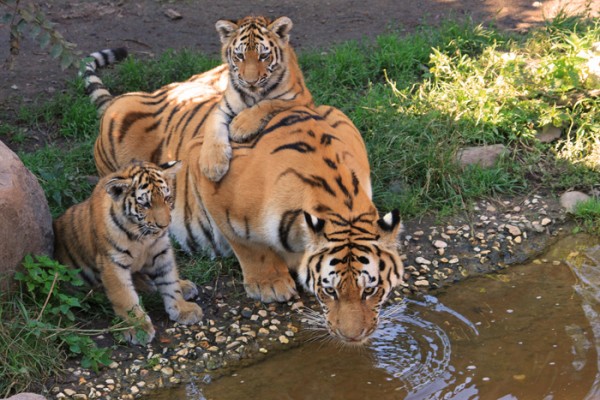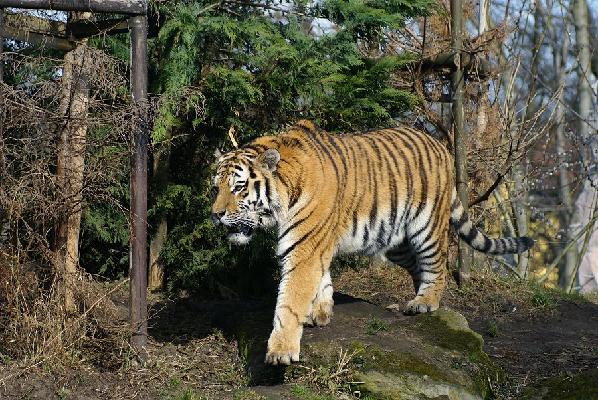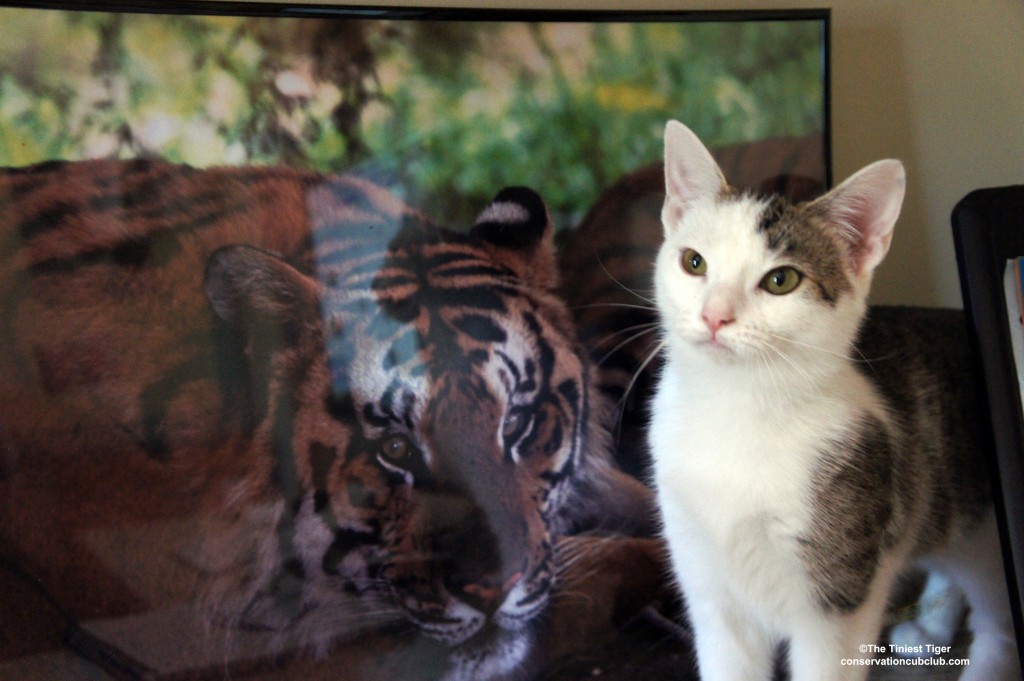New Scent DNA Used For Tiger Conservation
Genetic monitoring of wild tiger populations is a top priority of conservation efforts yet due to poor DNA quality and low sample sizes, scat DNA has not provided the robust data needed for scientists to make informed decisions in humid, tropical landscapes.
A recent study reported the first successful extraction of DNA from tiger scent marks. Prior to this study, the scent marks were a neglected genetic resource. This study published in the Conservation Genetics Resources journal show that tiger scent DNA quality is equal or superior to scat DNA, and because scent marks are encountered 2-8 times more often in the wild than scats, they serve as an important genetic resource for monitoring both tiger populations and individuals.
Tiger Populations Are At Risk
Fewer than 3500 tigers remain in the wild occupying less than 7% of their historic range in spite of intense conservation efforts. Seventy percent of the wild tigers are present within 42 source populations covering less than 0.5% of their historic range. In order to evaluate the success of conservation interventions rigorous monitoring of tiger densities and connectivity among populations is required.
DNA analysis from scats has been used for genetic monitoring of wild tigers, but scat detection rates are typically low, especially in humid, tropical environments thus limiting their utility as a genetic resource. Scent marks however, proved to be an untapped genetic resource, as they are more frequently deposited and have much higher detection rates than scats.
A survey of over 664 kilometers in the Russian Far East revealed scent spray to scat deposition ratios of 319:38 for males, and 109:46 for females. In Tambling Wildlife Nature Conservation, a dense lowland tropical forest reserve in southern Sumatra, the detection ratio was 53:15 over nine months of patrol activity.
Tiger Spray Is More Common Than Scats
Tigers spray on trees and overhanging leaves along territory boundaries as a means of olfactory communication. To assist the effectiveness of genetic monitoring of tigers, the scientists examined the potential for DNA amplification from tiger scent marks for individual identification and gender determination. Fresh sprays from tigers are commonly detected in the wild due to their rather unique ….aroma.
Scent DNA samples were collected from three captive tigers ( 2 males, 1 female) in southern Ontario. All sequences were successfully identified as tiger, yielding reliable consensus genotypes, except for a single swab. Gender was correctly confirmed for all individuals. Overall the scent DNA samples proved to be as reliable as genetic studies using scat and for effective estimation of genetic variation and population subdivision.
New Techniques Are Critical for Tiger Conservation
Genetic connectivity is key to the long-term viability of the remaining source populations so increased and high quality monitoring using new techniques such as scent DNA are critical for the conservation management of wild tigers.
Tiger (Panthera tigris) scent DNA: a valuable conservation tool for individual identification and population monitoring Caragiulo, A., Pickles, R., Smith, J. Conservation Genetics Resources, Volume 7, Issue 3, pp 681-683 September, 2015



Good thinking. Like they said, it is way more available than the scat so this should be a great new tool for them! Xoxoxo Dancer and the SDR Clan
Sometimes things right in front of us get overlooked. xoxoxox